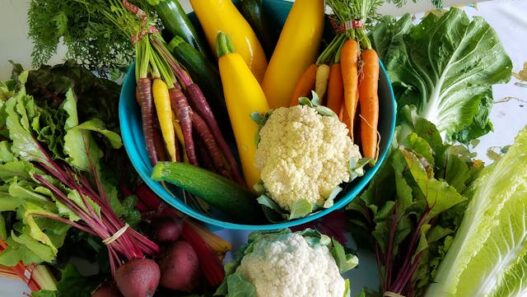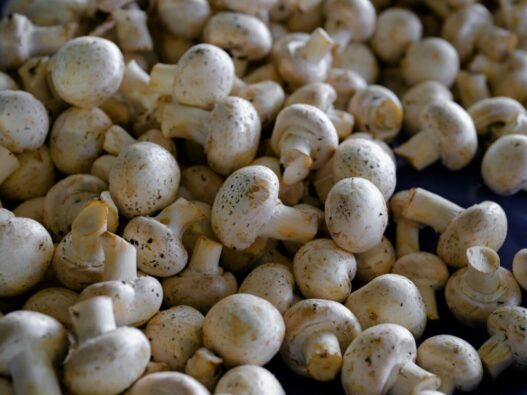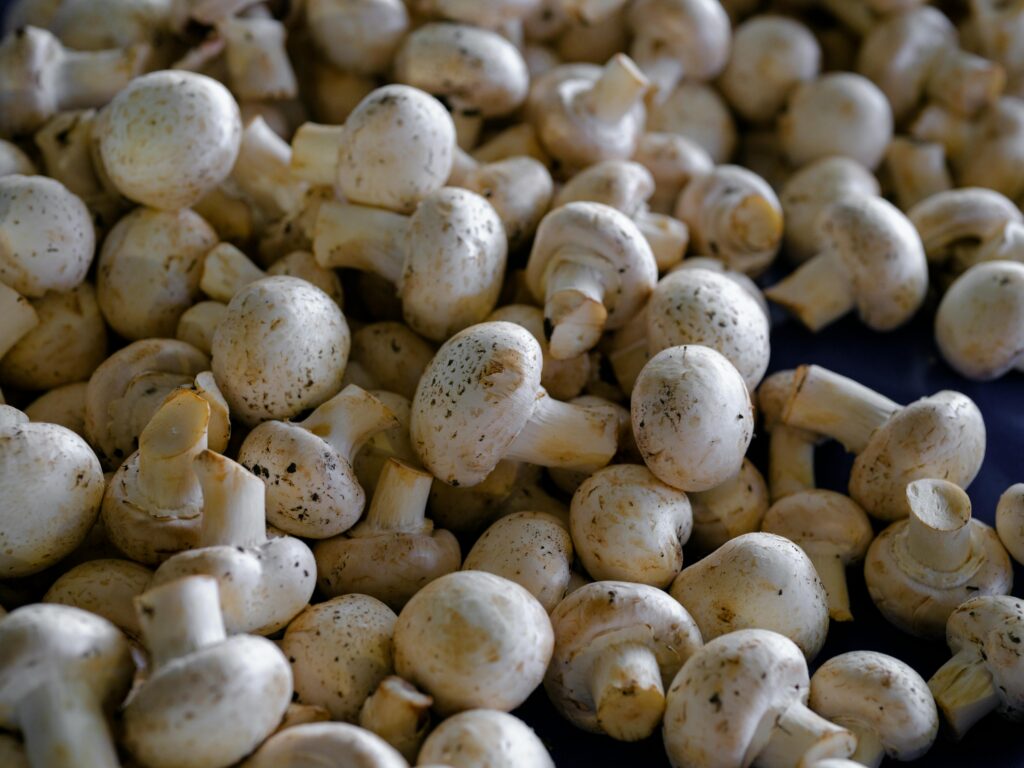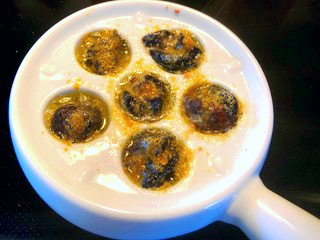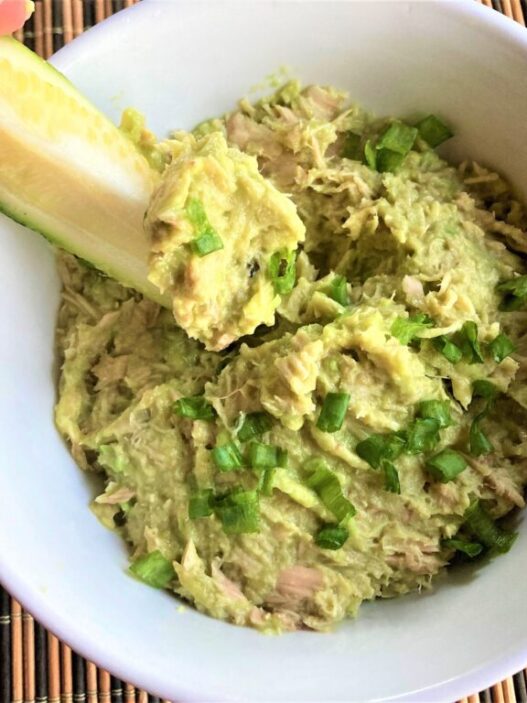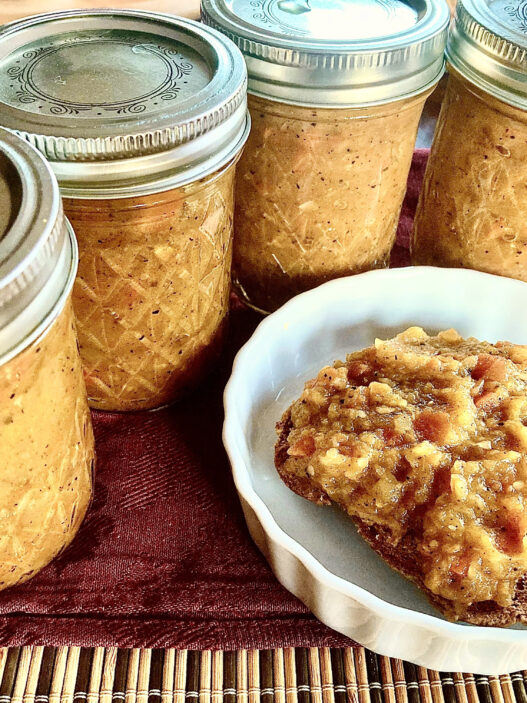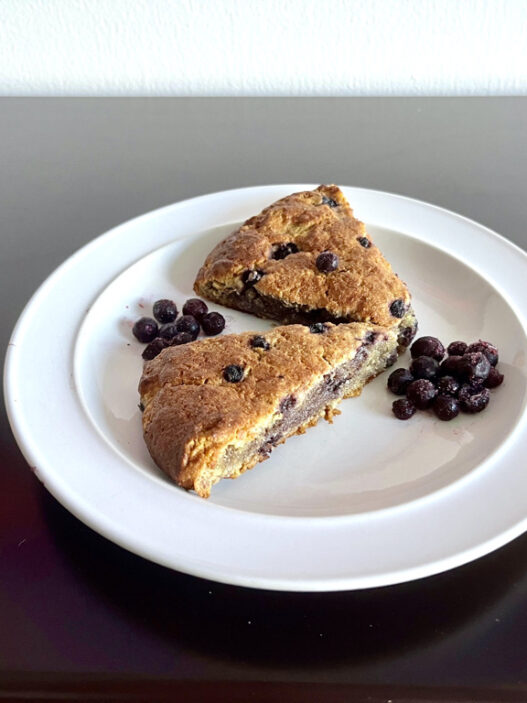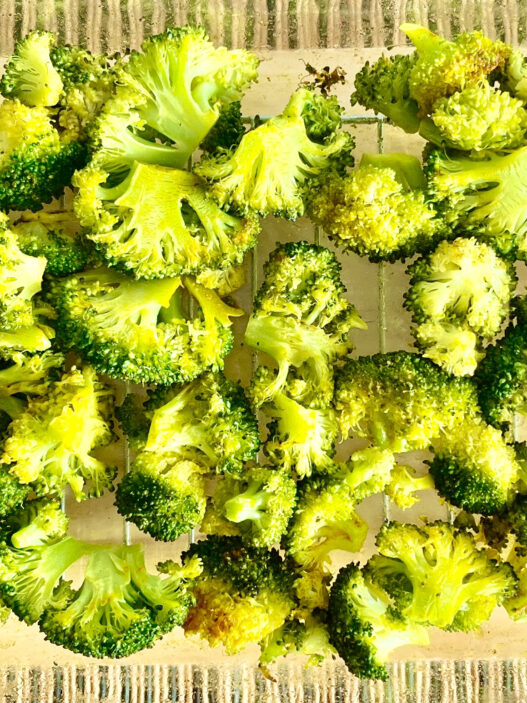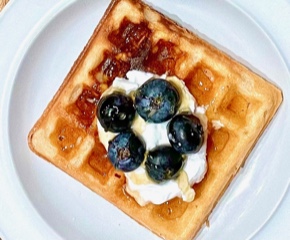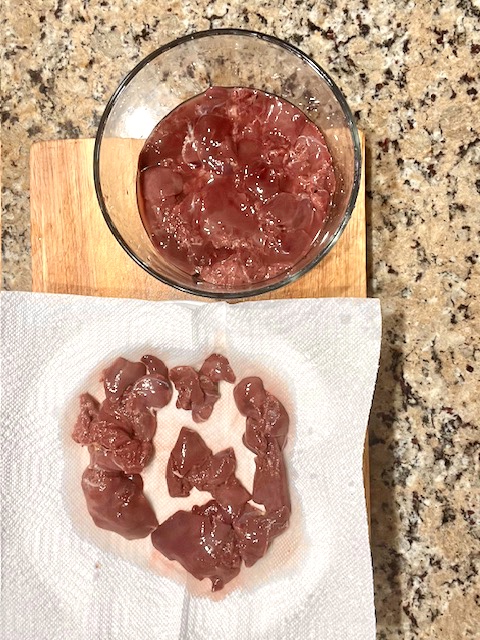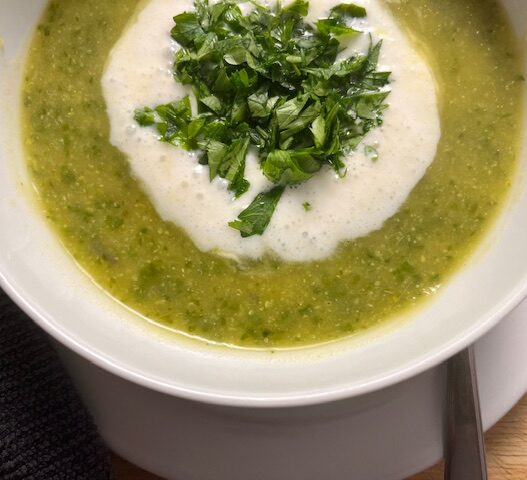How to Clean and Peel Mushrooms: A step-by-step guide
Mushrooms are a staple in many AIP-friendly dishes, thanks to their earthy flavor and meaty texture. Whether you’re adding them to stir-fries, soups, or roasted vegetable sides, they provide a nutrient-rich boost while being versatile and delicious. However, like any fresh produce, they need to be properly cleaned and prepped before cooking. Learning How to Clean and Peel mushrooms ensures that you enjoy all their benefits without any grit or dirt sneaking into your meals.
While mushrooms can seem intimidating to clean, especially with their delicate structure, the process is simpler than you might think. In this guide, I’ll walk you through the steps on How to Clean and Peel Mushrooms, ensuring they are ready to enhance your AIP meals. With these tips, you’ll also preserve their flavor and texture, making them the perfect addition to any recipe.
Why You Should Clean Mushrooms Thoroughly
Mushrooms are grown in moist environments, often in soil or compost, so it’s crucial to clean them well before cooking. Eating unclean mushrooms can introduce dirt, grit, or even bacteria into your meals, which can be especially problematic for those with autoimmune conditions. For anyone on the Autoimmune Protocol (AIP) diet, clean, uncontaminated ingredients are key to managing symptoms and supporting overall health.
In addition to removing dirt, peeling mushrooms can help enhance the texture and presentation of your dishes. While not always necessary, peeling gives the mushrooms a cleaner, more refined appearance, especially if you’re using them in soups or sauces.
Step 1: Choose Your Mushrooms
Before cleaning and peeling, it’s important to select fresh mushrooms. Look for mushrooms that are firm to the touch, free of dark spots or slimy patches. They should have a slightly earthy smell but nothing too strong. If the mushrooms feel slimy, they may be overripe and starting to spoil.
Types of Mushrooms You Can Clean and Peel:
- White button mushrooms: Common in most grocery stores and easy to peel.
- Cremini mushrooms: Similar to white mushrooms but slightly darker and firmer.
- Portobello mushrooms: Large, hearty mushrooms that benefit from peeling, especially for grilling.
- Shiitake mushrooms: More delicate, so peeling is optional, but cleaning is essential.
Step 2: Clean the Mushrooms
Mushrooms are like sponges, so avoid soaking them in water, which can make them soggy and dilute their flavor. Instead, use a gentle method to remove dirt while preserving their texture.
Method 1: Using a Damp Cloth or Paper Towel
- Wipe each mushroom gently with a damp cloth or paper towel. This will remove dirt from the surface without soaking the mushroom.
- Be sure to get into all the crevices, especially around the stem, where dirt often hides.
- For mushrooms with more delicate surfaces (like shiitakes), be extra gentle to avoid bruising.
Method 2: A Quick Rinse (Optional)
- If the mushrooms are particularly dirty, you can quickly rinse them under cold water, but do so briefly.
- Immediately dry them with a paper towel to avoid excess moisture soaking in.
- Lay the mushrooms on a clean kitchen towel to air-dry for a few minutes before cooking.
Step 3: Peel the Mushrooms
Peeling mushrooms is optional, but it can improve the texture and presentation, particularly for larger varieties like portobello or cremini mushrooms. This step also ensures that any remaining dirt on the outer skin is removed.
How to Peel Mushrooms:
- Start at the base of the cap: Hold the mushroom in one hand and use your other hand to gently lift the edge of the mushroom’s skin where it meets the stem.
- Peel the skin away from the mushroom cap, pulling it back toward the center of the mushroom. You can use your fingers or a small paring knife if needed.
- Work your way around the mushroom, peeling off small sections of skin until the entire cap is smooth.
- For larger mushrooms (like portobellos), be sure to check under the cap for any remaining dirt or grit in the gills. You can use a small spoon to scrape out the gills if you prefer a smoother texture.
When to Skip Peeling:
- Peeling is not always necessary for smaller mushrooms like button or cremini mushrooms, especially if you’re slicing them for stir-fries or sautés. However, if you’re using mushrooms in a delicate sauce or soup, peeling can make them smoother and more elegant.
- Shiitake mushrooms have a more delicate skin, and peeling can sometimes damage them, so it’s usually best to simply clean them thoroughly.
Tips for Storing Mushrooms After Cleaning
Once your mushrooms are cleaned and peeled, it’s important to store them properly to maintain their freshness.
- Store in a paper bag: Place cleaned mushrooms in a paper bag in the refrigerator to keep them from becoming slimy. The paper bag allows the mushrooms to breathe, preventing moisture buildup.
- Avoid airtight containers: Storing mushrooms in airtight plastic bags or containers can trap moisture and cause them to spoil more quickly.
- Use within a few days: Freshly cleaned mushrooms are best used within 3-4 days for optimal flavor and texture.
How to Clean and Peel Mushrooms: Final Thoughts
Taking the time to properly clean and peel your mushrooms is worth the effort, especially when preparing AIP-friendly meals. Not only do you ensure that your mushrooms are free from dirt and bacteria, but peeling them can also enhance the texture and appearance of your dishes.
Mushrooms are a fantastic addition to the Autoimmune Protocol diet, offering a rich source of vitamins, minerals, and antioxidants. Whether you’re sautéing them for a quick side dish or incorporating them into a flavorful soup or stir-fry, cleaning and peeling them will take your recipes to the next level. Give these steps a try, and let me know how it improves your cooking experience!
If you liked the instructions on How To Clean and Peel Mushrooms, leave a note in the comments! I’d love to hear how it turned out for you or any variations you tried. Don’t forget to share this with friends and family and browse this website for delicious, AIP-friendly dishes!
You might also want to learn other tips like How to Clean Asparagus with no waste!



